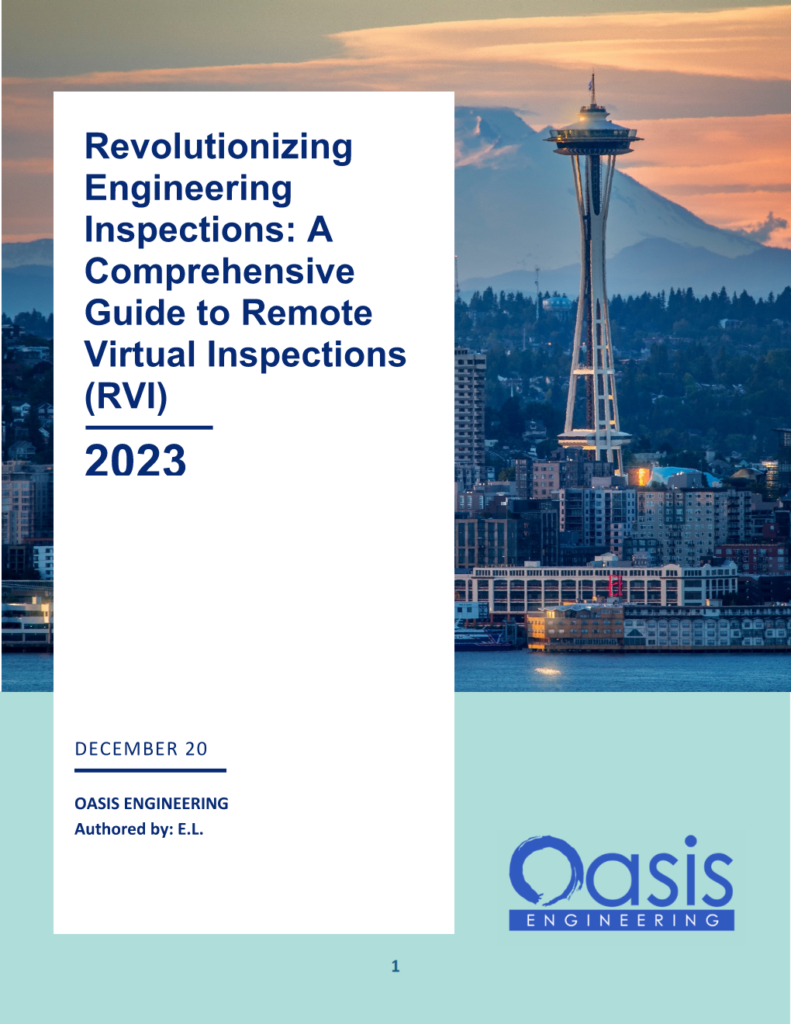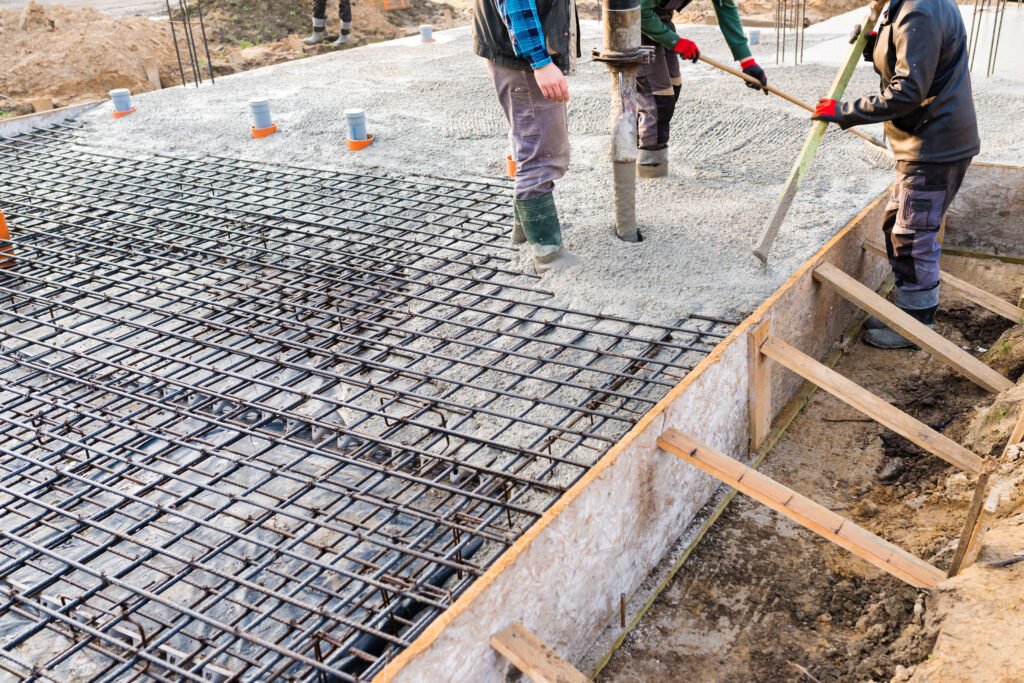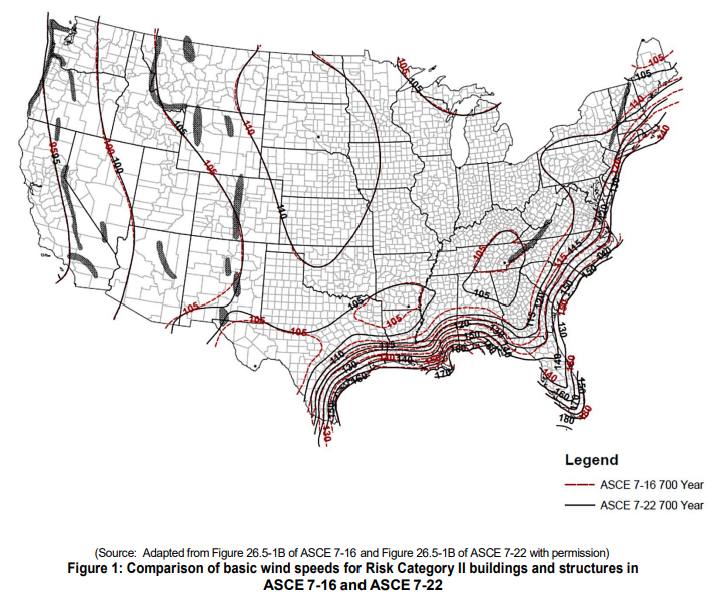Embracing the Future of Construction: How Remote Virtual Inspections are Transforming the Industry
The construction industry is experiencing a revolutionary shift with the introduction of Remote Virtual Inspections (RVI), a dynamic and efficient alternative to traditional on-site inspections. This innovative approach, supported by the International Code Council (ICC), through their “Model Program for Online Services: Permitting, Plan Review, and Remote Inspections,” is reshaping how inspections are conducted, offering a range of benefits from increased efficiency to enhanced safety. The Scope of Remote Virtual Inspections: Remote Virtual Inspections (RVI) cover a diverse array of construction activities, making them a versatile tool for various projects. According to the International Code Council’s model program, RVIs can be applied to numerous aspects of construction, each with the potential for remote oversight. Here’s a glimpse into the types of construction activities suitable for RVI: The versatility of RVI is evident, catering to a wide spectrum of needs in the construction sector. The complete list of activities suitable for RVI, as per the International Code Council, encompasses even more areas, each vital to the construction process. Why Choose Remote Virtual Inspections? RVIs offer significant advantages: Our Services at Oasis Engineering : At Oasis Engineering, we specialize in providing comprehensive RVI services. Our offerings include: The adoption of Remote Virtual Inspections is a testament to the construction industry’s adaptability and commitment to innovation. With Oasis Engineering, you gain a partner equipped to navigate this new landscape, offering expertise and reliability in all your engineering inspection needs. Visit our partner site to learn more about our RVI services and how we can support your next project with the efficiency and professionalism it deserves.










